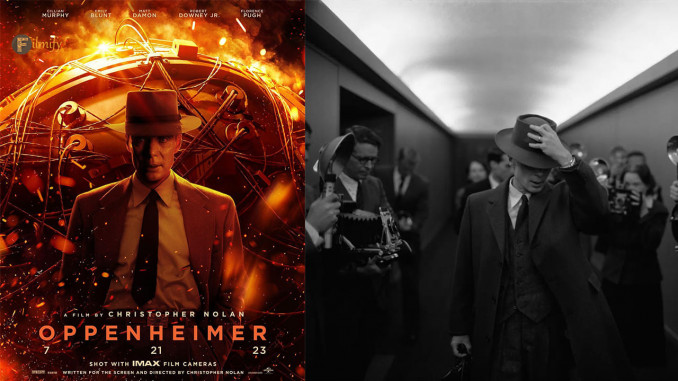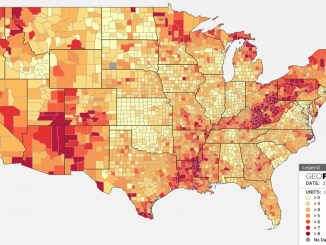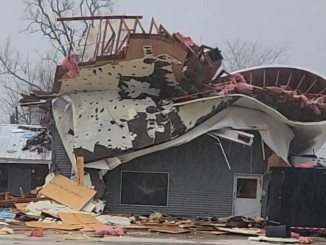
Christopher Nolan’s latest film has been a box office hit, an adaptation of the biography of J. Robert Oppenheimer, American Prometheus, written by Kai Bird and Martin Sherwin. Oppenheimer provides a perspective on the intertwined technical, political, and moral issues confronting the scientists who developed the first atomic bomb.
The film follows the life of the nuclear physicist Oppenheimer, primarily from his time as a professor at UC Berkeley in the 1930s until the revocation of his top-level security clearance in 1954. While he was a professor at UC Berkeley, Oppenheimer became a so-called “fellow traveler,” i.e., a person who sympathized with the Communist Party. While he was never a formal member of the party, many of his friends were, and Oppenheimer helped with some of their initiatives, including raising money for Spanish Civil War volunteers to fight against Franco’s fascists.
The centerpiece of the film is Oppenheimer’s work on building the atomic bomb. The U.S. government spared no expense on the Manhattan Project – the codename for the project to build a nuclear bomb – building a whole town in the desert of New Mexico to serve as a research center: Los Alamos National Laboratory. Oppenheimer was chosen to be the chief scientist of the project and he was (at first) eager to accept. Oppenheimer knew the potential destructiveness of the atomic bomb and feared that a nuclear weapon in Nazi Germany’s hands would be a disaster for the world. The logic was that the U.S. needed to prevent that by building one first.
While the film attempts to recreate the pure terror of nuclear weapons through surrealist scenes of mass destruction, it leaves much to be desired. The film barely scratches the surface of what the atom bomb and the Manhattan Project meant for the world – and for the victims of its destructive power. The film contains no scene showing the bombing of either Hiroshima or Nagasaki or the aftermath for Japanese civilians. We hear only of the massive numbers of Japanese civilians that the bomb killed – but we do not see these civilians, or gain any perspective into their lives. The film treats them more as a plot device to show Oppenheimer’s moral struggle, rather than as people with their own lives and agency.
The film does not even address the damage that the first nuclear test, code-named Trinity, did to people living near the blast area. At the time, hundreds of thousands of people were living within 40 miles of the blast radius. These people were mainly indigenous tribes or Hispanos (people of this region with combined indigenous and Spanish ancestry going back over 500 years). None of them were informed of the Trinity test, let alone evacuated. Instead, they were exposed to dangerous amounts of radiation and nuclear fallout. Some witnesses from the time reported that children played with the falling radioactive ash from the explosion like it was snow, even catching bits on their tongue. Even after knowledge of the nuclear bomb became public, civilians living in the surrounding area were neither given medical treatment nor warned of the radiation effects. People living near the blast radius had extraordinarily high rates of cancer and were only recently allowed a chance to get compensation from the U.S. government.
The film certainly raises questions about the morality of the development and use of nuclear weapons. At one moment, Oppenheimer tells President Truman that he feels he has “blood on his hands,” and yet he still maintains his position as an advisor to the U.S. government on nuclear policy. Clearly his moral and political perpsectives were not as developed as his understanding of physics.
The people of the world have been living with the menace of more nuclear war for over three-quarters of a century. And for several decades now, scientists have warned us about the threat of global heating and climate catastrophe. Everyday we are closer to a possible nuclear World War III and to world-wide climate catastrophe. Saving us from these threats involves technical solutions, of course. But it most urgently depends on the people running the world deciding to make these the top priorities they should be. It’s obvous that the profiteering One Percent and their politicians are not going to do that. It’s up to the other eight billion of us to take these matters into our own hands.




